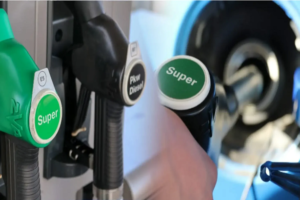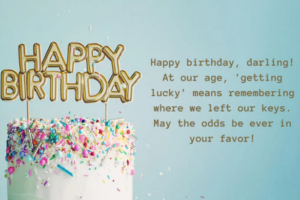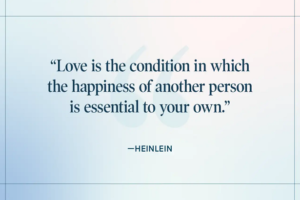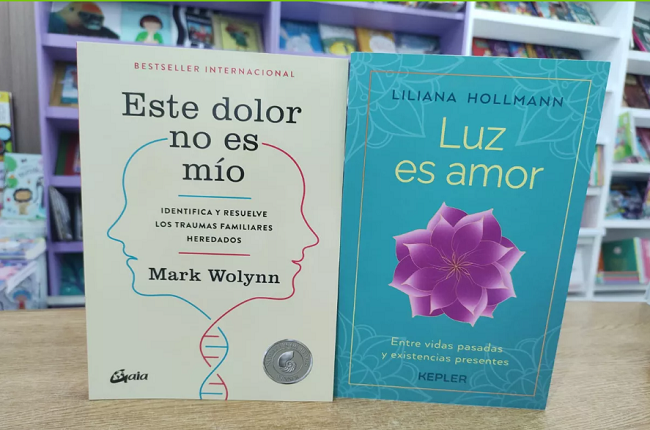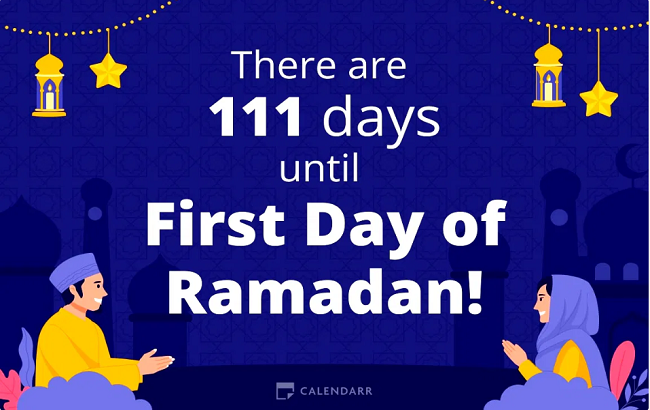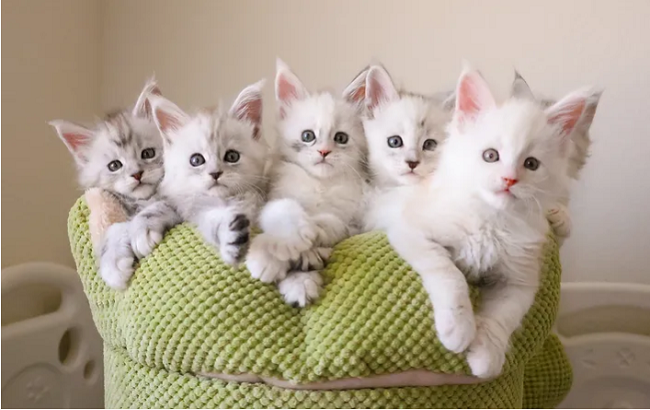In recent years, awareness of generational trauma has grown. Este Dolor No Es Mio, or “This Pain Is Not Mine,” explores the idea that we might carry emotional burdens passed down from our ancestors. This concept suggests that some of our personal struggles may be rooted in unresolved trauma from previous generations. Let’s explore five transformative topics that help us recognize, release, and grow beyond this inherited pain.
1. What is Generational Trauma? Understanding the Concept of Inherited Pain
- Definition and Origins of Generational Trauma
- Generational trauma refers to emotional and psychological pain passed through families. Research suggests that traumatic experiences in one generation can alter genes, potentially impacting descendants.
- This pain may manifest in behaviors, emotions, and even health issues without the individual experiencing the original trauma.
- Impact on Our Lives Today
- Many experience lingering feelings of sadness, anxiety, or anger without a clear cause. Recognizing these patterns as generational can be a first step toward healing.
- Signs of Carrying Inherited Pain
- Symptoms may include recurring emotional patterns, feelings of unexplainable fear, and family dynamics that are difficult to break.
2. How to Recognize Este Dolor No Es Mio in Your Own Life
- Identifying Patterns in Family History
- Acknowledging past family trauma—wars, migration, loss—can reveal clues about inherited pain. Recognizing common emotional struggles in your family can shed light on what may have been passed down.
- Personal Reflection and Awareness
- Reflecting on your own emotions and responses can help you determine whether they are influenced by past family experiences.
- Journaling can be particularly effective, helping you differentiate between your experiences and inherited pain.
- Seeking Support Through Therapy
- Working with a therapist familiar with generational trauma can offer insights and tools for recognizing and releasing inherited pain. Therapies like Family Constellation can provide valuable perspectives.
3. Healing Practices to Release Inherited Pain
- Mindfulness and Self-Compassion as Tools
- Mindfulness allows you to observe your emotions without attachment, helping you separate yourself from inherited pain. Self-compassion helps in accepting these feelings without judgment.
- Therapies for Generational Trauma
- Here are some therapies often recommended for generational healing:
- Family Constellation Therapy: This approach uncovers hidden dynamics in families, helping release inherited burdens.
- EMDR (Eye Movement Desensitization and Reprocessing): Useful for processing trauma-related memories that may impact current behavior.
- Somatic Experiencing: Focuses on the body’s role in healing trauma, helping release stored emotions from physical spaces.
- Here are some therapies often recommended for generational healing:
- Honoring Ancestors Positively
- Instead of focusing on the trauma, practice honoring the strength and resilience of your ancestors. This can provide a sense of empowerment rather than victimhood.
Additional Resource: For insights on Family Constellation Therapy, consider this guide on Family Constellation Therapy.
4. Building Resilience and Breaking Painful Cycles
- Steps to Foster Resilience
- Resilience can be cultivated through practices like:
- Self-awareness: Understanding your triggers and responses.
- Mindfulness: Staying present and centered in moments of emotional turbulence.
- Emotional Regulation Techniques: Practices like deep breathing, grounding, and meditation.
- Resilience can be cultivated through practices like:
- Changing Generational Patterns for the Better
- By choosing different responses, we create a positive ripple effect. Developing healthy habits can transform family patterns and reduce the likelihood of passing down trauma.
- Establishing Boundaries with Inherited Pain
- Boundaries are essential to protect your well-being. Recognizing when certain family narratives aren’t serving you allows you to distance yourself emotionally and avoid internalizing inherited pain.
5. Embracing Growth Beyond Este Dolor No Es Mio
- Turning Pain into Personal Growth
- Understanding and accepting generational pain can lead to a sense of purpose. Many find that this awareness deepens their empathy and strengthens their emotional resilience.
- Practicing Gratitude and Acceptance
- Appreciating the strength that comes from family history can be empowering. Acknowledging both the challenges and the resilience of your ancestors helps balance the focus between pain and growth.
- Sharing Stories to Promote Healing
- Sharing family history can promote understanding and healing. This can be within the family or in community support groups, where shared experiences can foster connection and solidarity.
External Link: Learn about resilience and breaking cycles of pain.
Understanding Soi Cầu Rồng Bạch Kim and Its Connection to Patterns and Predictions
On the journey of healing and understanding Este Dolor No Es Mio, we sometimes encounter cultural practices that reflect both heritage and hope. For example, Soi Cầu Rồng Bạch Kim, a Vietnamese prediction practice, represents the broader theme of understanding patterns and using them for guidance. If you’re interested in how this practice works, check out Soi Cầu Rồng Bạch Kim prediction strategies.
Este Dolor No Es Mio Meaning
Understanding the meaning behind “Este Dolor No Es Mio” can be transformative. This phrase, translated as “This Pain Is Not Mine,” explores the concept that the pain and trauma we feel might not solely belong to us; it could be inherited from previous generations. For those who resonate with “Este Dolor No Es Mio,” recognizing this concept allows for a deeper dive into generational trauma, enabling individuals to begin their journey of emotional healing. Understanding “Este Dolor No Es Mio” empowers people to break the cycle of inherited pain and establish emotional freedom for themselves and future generations.
2. How to Heal Generational Trauma
“Este Dolor No Es Mio” opens the door to understanding and healing generational trauma. Healing inherited trauma involves acknowledging that some of our emotional burdens might not be entirely ours but rather passed down through family lineage. Techniques like therapy, mindfulness, and ancestral healing rituals are effective methods to release this inherited pain. For anyone exploring “Este Dolor No Es Mio,” these practices can help lift the weight of generational trauma, allowing individuals to cultivate a life free from the echoes of past family struggles. Healing begins by addressing the root of this generational pain.
3. Understanding Inherited Trauma
For those seeking to understand inherited trauma, “Este Dolor No Es Mio” serves as a gateway to exploring the complexities of familial pain. Inherited trauma, also known as transgenerational or generational trauma, implies that unresolved emotional wounds may be passed down from one generation to the next. With “Este Dolor No Es Mio,” the focus is on identifying these inherited emotional struggles and working through them. Understanding inherited trauma can be a liberating experience, helping individuals to live a life unburdened by ancestral pain and to find peace within themselves and their family histories.
4. Effects of Generational Trauma on Mental Health
Generational trauma can significantly impact mental health, and “Este Dolor No Es Mio” sheds light on this connection. This concept highlights how unresolved trauma from past generations can lead to emotional and psychological challenges in current generations. “Este Dolor No Es Mio” emphasizes the importance of identifying these inherited mental health issues and seeking help through therapy, self-reflection, and mindfulness practices. By addressing generational trauma, individuals can break free from the mental health struggles that may have been unknowingly passed down, paving the way for emotional well-being.
5. Signs of Generational Trauma in Families
“Este Dolor No Es Mio” encourages individuals to recognize the signs of generational trauma within their families. Signs of inherited trauma can manifest in various ways, such as patterns of anxiety, depression, or unresolved conflict that appear across generations. By acknowledging these patterns, as explored through “Este Dolor No Es Mio,” individuals can begin to understand their emotional responses better and seek to break these cycles. Recognizing these signs is the first step toward healing and freeing future generations from the impacts of past traumas.
Ways to release inherited pain
FAQs
Q: What does Este Dolor No Es Mio mean?
A: It translates to “This Pain Is Not Mine,” referring to inherited trauma or generational pain.
Q: How do I know if I have inherited trauma?
A: Common signs include recurring emotional issues or unexplained fears that don’t match personal experiences.
Q: What therapies help with healing generational trauma?
A: Family Constellation Therapy, EMDR, and Somatic Experiencing are widely recommended.
Q: Is it possible to fully release inherited pain?
A: While complete release may take time, awareness and therapeutic practices can help reduce its impact on daily life.
Q: Can changing my habits positively affect future generations?
A: Yes, by developing healthy coping strategies, you’re likely to create a positive shift for future generations.
Conclusion
Este Dolor No Es Mio invites us to look deeply into our emotional lives, seeking to identify and release pain that might not be our own. Recognizing and addressing these inherited feelings allows us to transform what could be a source of ongoing pain into an opportunity for growth and healing. As we become more aware of our patterns, we can make choices that benefit both ourselves and future generations, creating a legacy of resilience and compassion.
You May Also Like:
Tres en Línea de Google: 7 Surprising Ways It Engages Gamers Globally

